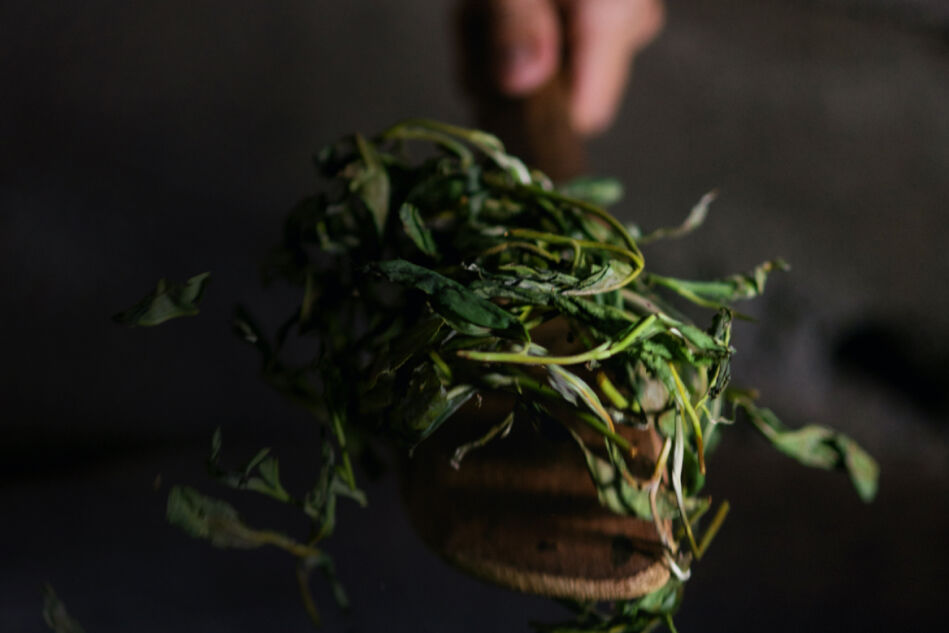Not all tea is the same.
A flavorful journey through the world of teas.
On average, every German consumes around 68 liters of tea a year – this corresponds to approximately 340 cups. This tells us that tea is much more than just a drink for cold days or when you’re ill. Herbal and fruit teas are the most popular choice, although strictly speaking these are not actually "real" teas. What does this mean? In keeping with the motto "Let's spill the tea”, well reveal why the name tea e always apply and provide an overview of the multiplicity of types and aromas in the world of teas.
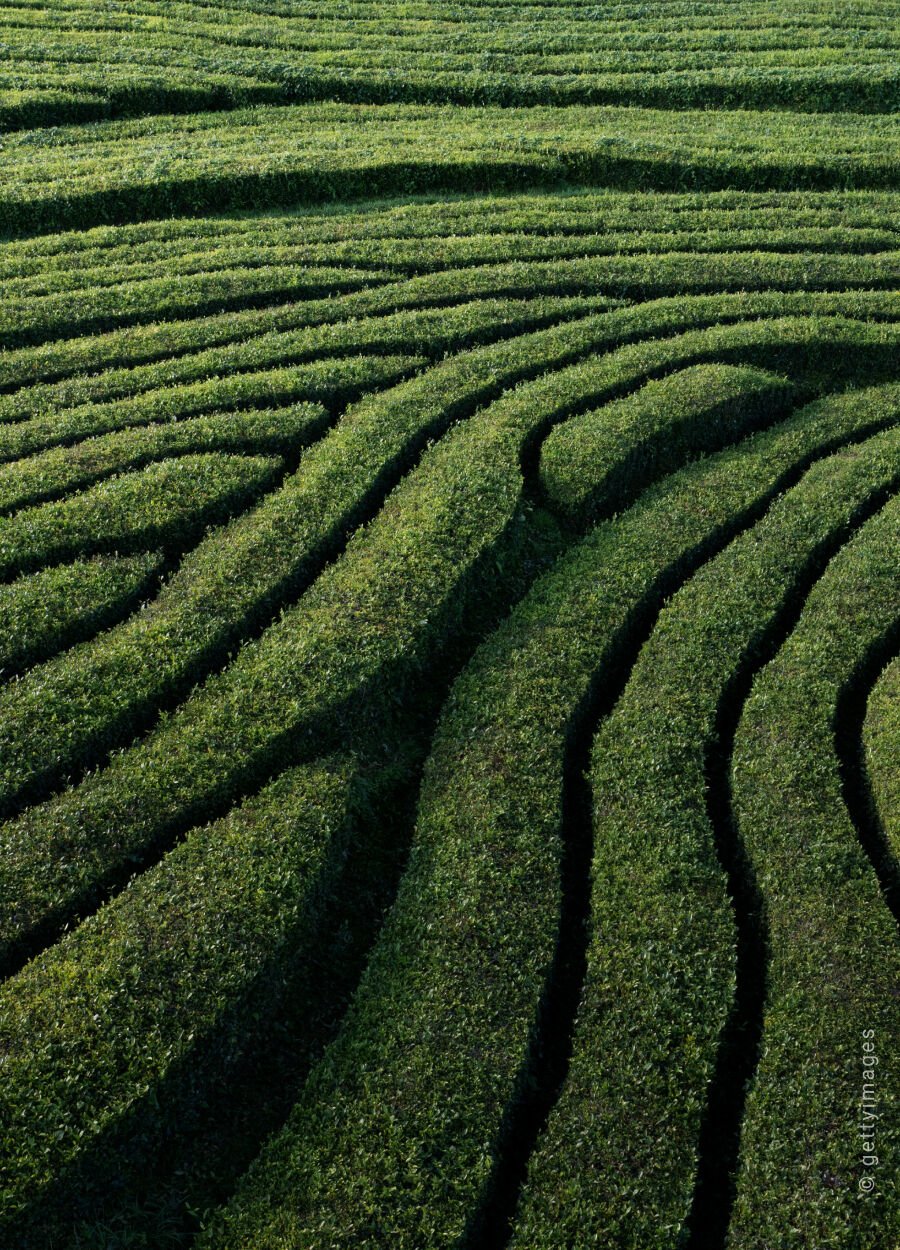
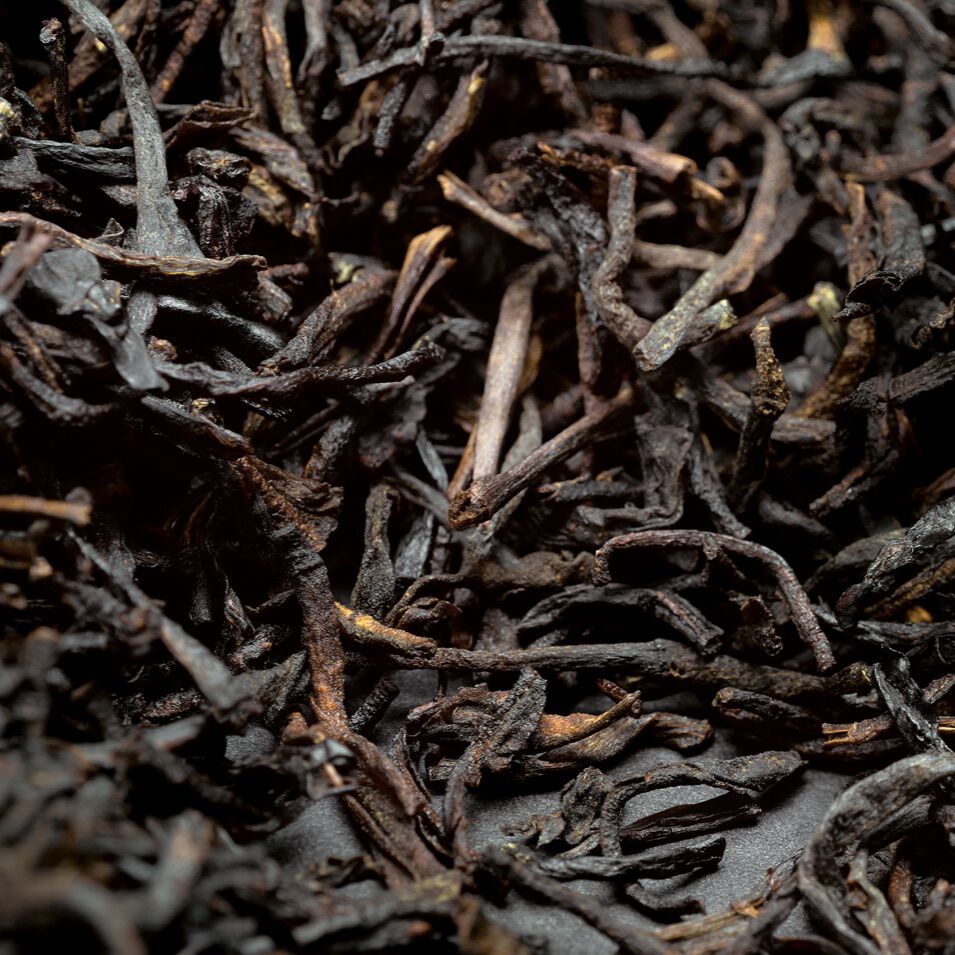
# Let’s keep it real.
Not all tea is the same. This is true with regard to the different varieties and flavors, but is also the general mule. Because not everything that is commonly called tea is actually tea at all. In fact, a distinction must be made between “real” tea and tea-like brewed beverages or fruit and herbal infusions. The term "tea" applies only to those varieties that are produced from the leaves of the Camellia sinensis tea plant.
This includes green, black, white and yellow tea as well as 00long tea, pu-erh tea and matcha. Infusions, on the other hand, are made by steeping herbs, fruit or blossoms in hot water. Chamomile, mint and ginger, but also elderberry and rhubarb — thanks to natures diversity, herbal and fruit infusions offer a particularly wide range of aromas. In this article, the focus is however on 'real’ tea varieties, because even classic teas provide their very own, extensive flavors, depending on their origin and preparation method — a world of flavors that is well worth exploring.
# Black Tea: strong, but gentle.
Black tea is a real tea of superlatives: not only is it the most popular tea variety worldwide, it is also darker and stronger than other teas and contains more caffeine. Why is this the case? Black tea goes through all the steps of classic tea production, from withering to drying, which gives it that really strong, full-bodied flavor. And this can be enhanced with sugar, milk or lemon to add a sweet, creamy or fresh component just as desired. The origin of the varieties is particularly decisive when it comes to their natural flavor, which is also why the most famous black teas are named after the region in which they are produced. Assam and Darjeeling are in India, while Ceylon is Sri Lankas former name. Although the cultivation regions are not too far apart on a map, there are significant differences in taste between the particular teas - all three varieties have their own unique character. While Assam black tea brews are dark brown and have a spicy malty flavor, Darjeeling brews are more delicate in taste, lighter in color and have an incredible floral, fruity aroma. Ceylon black tea is characterized by a strong, full- bodied flavor, with an unexpected hint of chocolate, citrus and spices in the finish. Because of its intense flavor, black tea is. a very good match with desserts, and black teas blended with spices, such as Chai teas, go really well with spicy Asian or Oriental dishes.


# Green Tea: from fresh to fruity.
Green tea is held in high esteem by tea drinkers throughout the world - and comes with a price. The highest-grade varieties are traded for up to GBP 1,000 per kilo. There is a difference in taste between several green tea varieties: Chinese varieties such as gunpowder tea are pan-fried, which results in a slightly smoky to fruity aroma, Japanese green teas such as sencha, genmaicha and gyokuro, on the other hand, are steamed using hot air, which gives them a grassy, fresh note. For an unadulterated experience of these many and varied flavor nuances, it is best to drink green tea straight. In keeping with Its origin, green tea Is excellent with Asian meals, but also with salads or other piquant fish, seafood or chicken dishes. Some green teas can even be used as an ingredient when cooking and add a really tasty twist to salad dressings or herb marinades.
# Oolong tea: the best of both worlds.
Oolong tea is a traditional Chinese variety that has not only one but multiple names. This cover semi-Fermented or partially fermented tea, "black dragon" tea or "wulong” tea. But why "black dragon" tea? It’s simple - "oolong”' means dragon or snake. But the actual story behind this is a little more peculiar: Legend has it that the owner of a tea plantation got a fright when he encountered a snake while harvesting tea and only returned to the plantation days later. In the meantime, the leaves that he had picked had oxidized and dried in the sun — and this is how the wonderful aromatic beverage, which we now know as Oolong tea, came about. Both in terms of its flavor and its light green to amber color spectrum, Oolong lies somewhere between green and black tea. Lighter varieties taste fruity and fresh, while darker oolong has a more nutty, roasted aroma. And so, this array of flavors also offers a wide range of combination options: Oolong teas go as well with cheesecake as they do with steak.

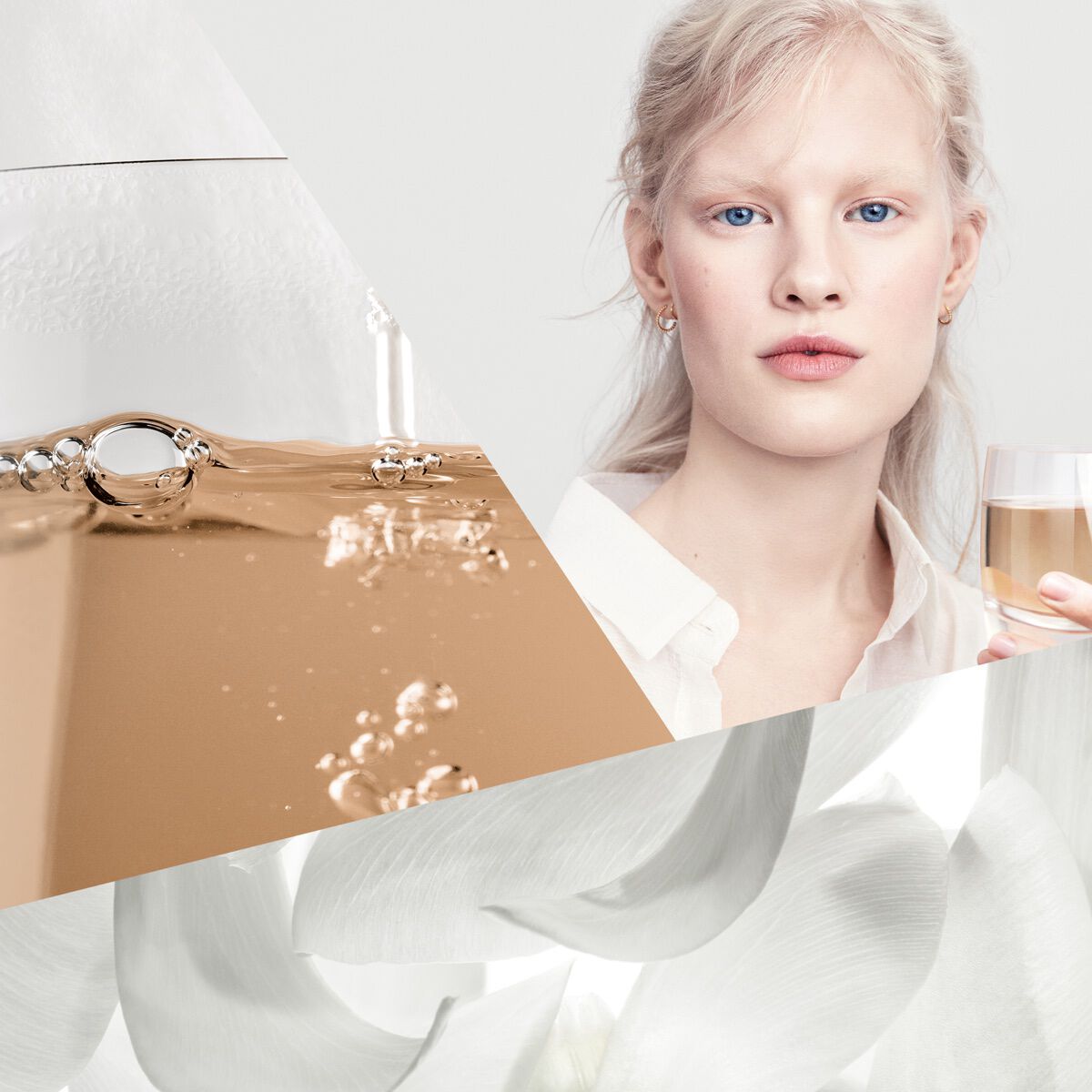
# White Tea: simple, but delicious.
White tea is an absolute rarity. Nowadays, this variety is only cultivated in a few regions in China. White tea is named for its light color and the white, silky down hairs on the young tea buds. Because: Only the most tender buds and youngest leaves of the tea plant are used in the manufacturing process. This is why white tea has the most delicate flavor profile of all "real" teas. Due to its mild taste, it is a good choice for novices, regular tea drinkers and experts alike. And although the ingredients are meticulously selected, the manufacturing process behind the unique taste is actually quite simple — in line with the motto "simple, but delicious”. Traditionally, the leaves are merely harvested and then withered in the sun. This causes the natural sugars in the leaves to concentrate, which provides the sweet flavor and delicate, fruity notes reminiscent of peach and apricot. If you like, you can bring cut the natural sweetness and floral, fresh aromas even more by adding a slice of lemon or a little honey. From a culinary point of view, the delicate, floral flavor of white tea perfectly complements vegetable or mushroom dishes as well as bitter lettuce, such as rocket.
# Pu-erh tea: a tea for advanced tea drinkers?!
Pu-erh tea: In Europe it Is often only known to tea connoisseurs. In Asia, on the other hand, it is an absolute classic and one of the oldest varieties, if not the oldest. For a long time, pu-erh tea was even reserved only for nobility and occasionally also used as a means of payment. These days, it is considered the most expensive tea in the world. Why is pu-erh so valuable? For one, it is very rare, as the tea leaves come from old, wild tea trees found in southwest China. Secondly, the production process itself is true art. First, the green leaves are picked, dry-roasted in a wok and dried in the sun. Only then, the most important step begins: the maturation process. Microorganisms start growing over time due to a certain residual moisture, and these give pu-erh its characteristic, rich taste. We therefore generally distinguish between raw and aged pu-erh tea. With raw pu-erh tea, the tea leaves are exposed to high temperatures immediately after harvesting, which, technical speaking, makes this a green tea variety. So raw pu-erh is similarly light in color and tastes Just as fresh and grassy as green tea, whereas aged varieties are more like black tea, both in terms of the dark, reddish color and the stronger taste. This taste develops during a maturation process that usually takes between 10 to 15 years, but can even take up to 50 years in particularly high-grade varieties. Similar to a fine wine, tea develops a more robust flavor profile over time. Pu-erh is therefore often referred to as a tea for advanced tea drinkers who are not intimidated by more complex aromas.

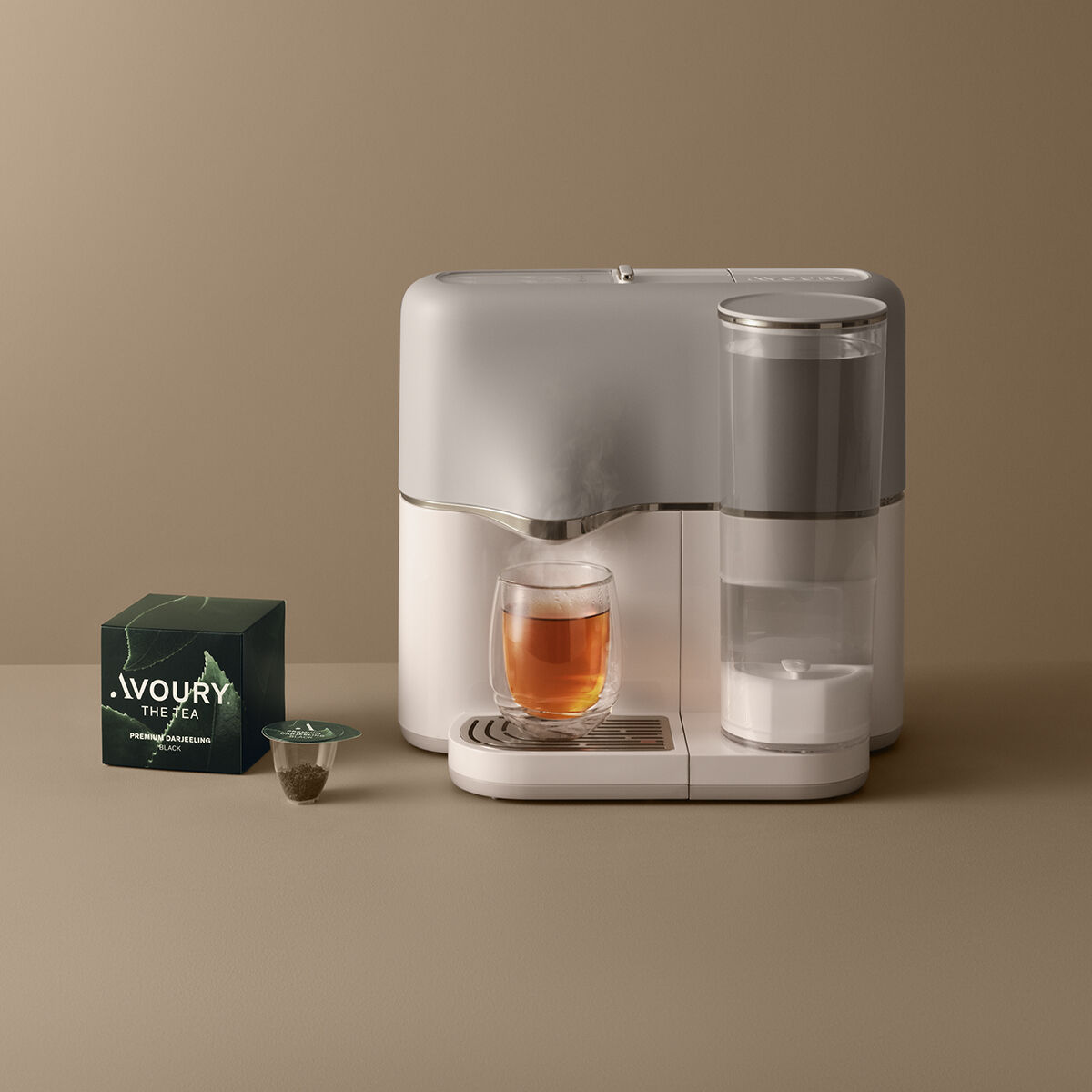
# Time to discover new worlds of flavor.
From timeless classics such as Earl Grey to unusual varieties such as pu- erh: There is a lot to discover in the world of teas. Still, we always seem to go back to the same, familiar kind of tea. And vet, what applies to tea also applies to life: It's worth giving new things outside our routine a try. You never know, your new favorite variety may just be waiting to be discovered. If you never try, you'll never know.
More articles
More articles

Not less, but better.
Sharpening one's own awareness. Recognizing what one really needs. Giving things new appreciation. That's what minimalism is about. Following the motto 'less is more', more and more people are embracing the desire for clarity and order – even in the design of their homes.

Should we always follow our nose?
23,000 times – that´s how many breaths we take on average per day. And that means a multitude off different scents float in through our nose evoking a wide variety of reactions in us. In this article we´ll explain the psychological reasons behind this and why we should let our noses discover new things more often.
